Last fall, a shift rocked the Golden State’s fast-food scene. Governor Gavin Newsom signed Assembly Bill 1287, which raised the minimum wage for fast-food workers up to $20 per hour.
The consequences? A staggering 9,500 jobs vanished from the sector by January. That’s a 1.3% loss, in just a few months.
The Ripple Effect on Delivery Drivers
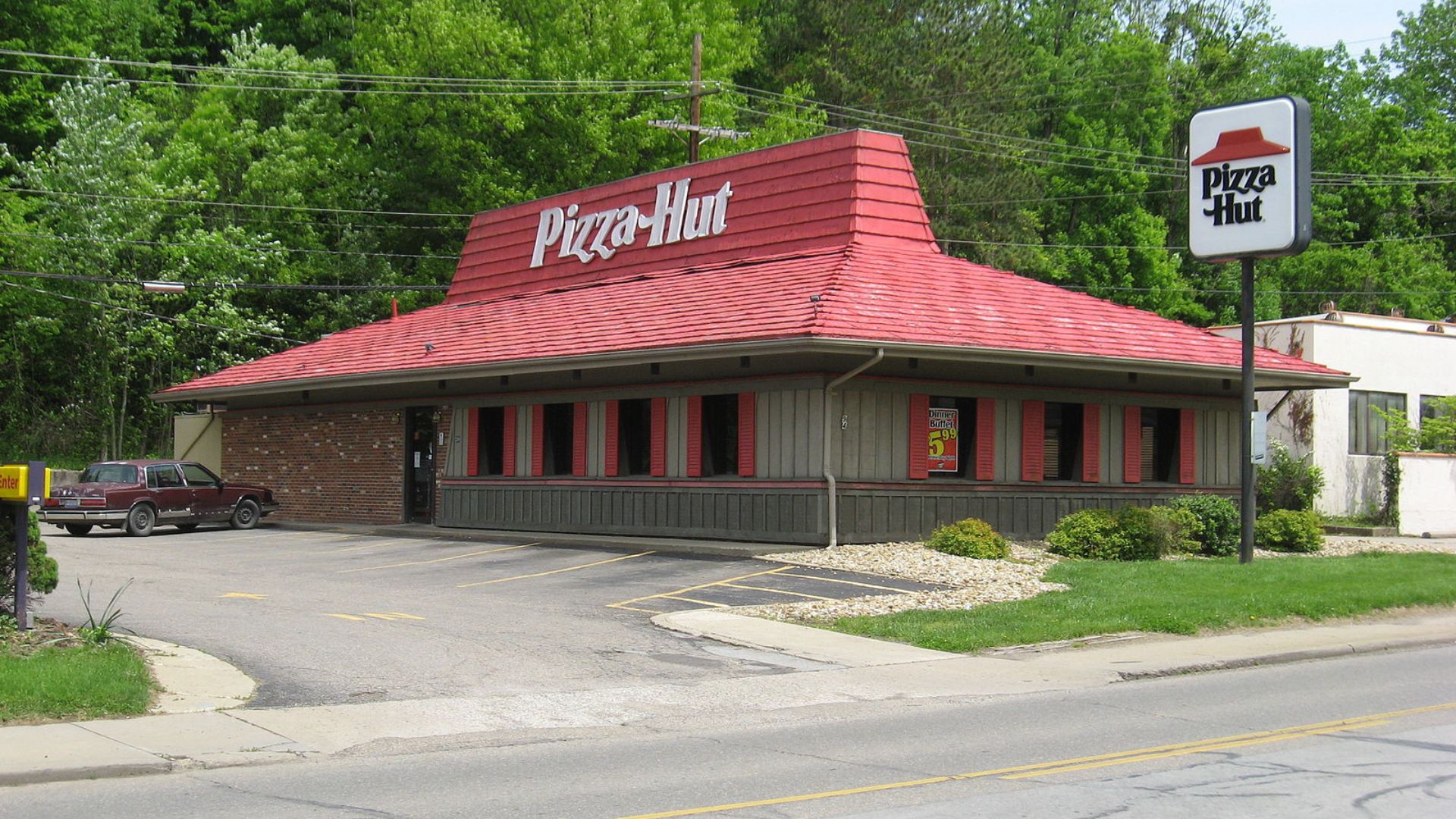
The ripple effects of the increased minimum wage are profound, particularly among delivery drivers at big names like Pizza Hut and Round Table Pizza.
In response to soaring labor costs, these chains have begun laying off close to 1,300 drivers, demonstrating the broader employment challenges now facing the fast-food industry.
The Rise of Robots in Fast Food
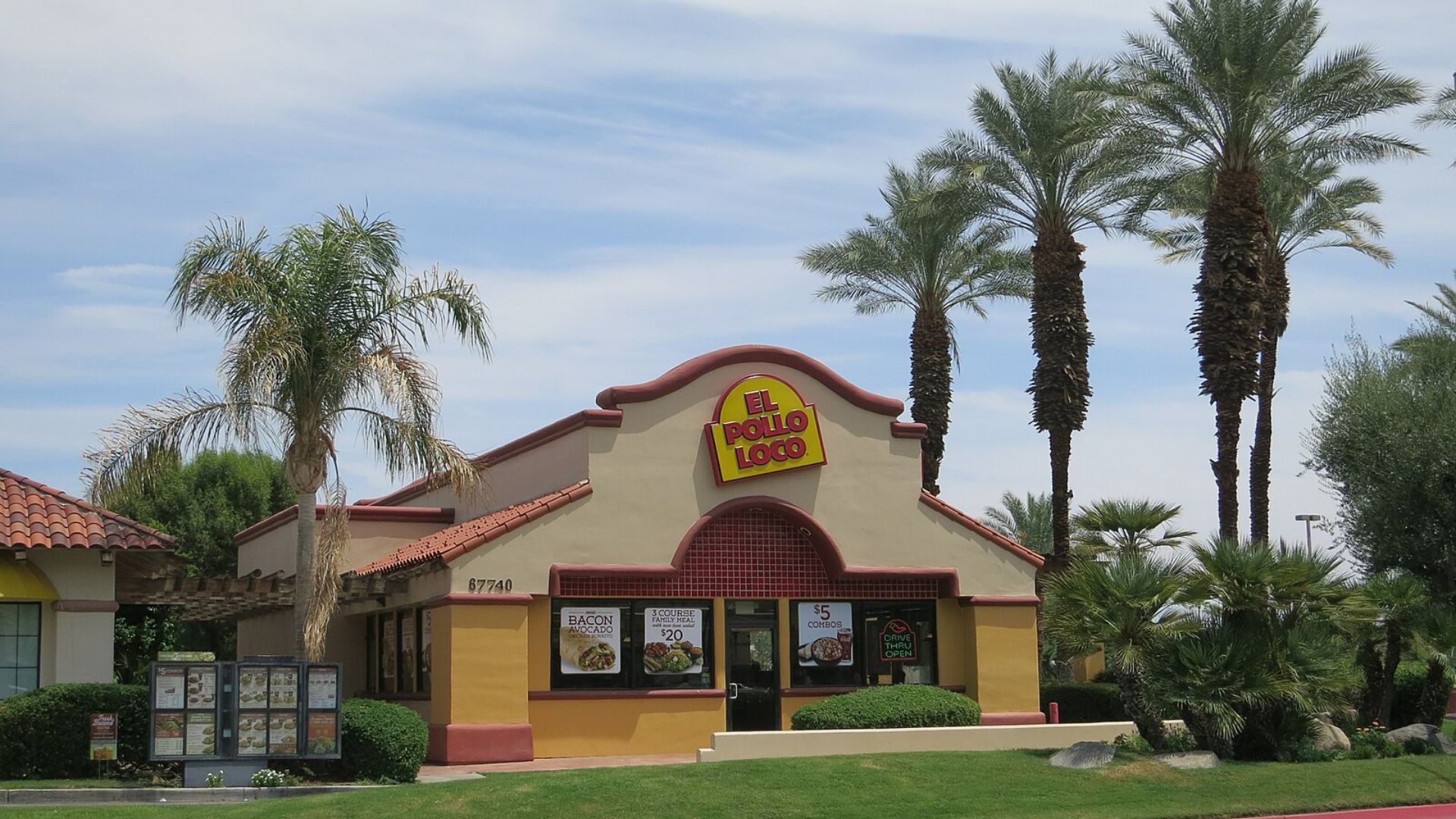
To cope with escalating costs, fast-food giants like El Pollo Loco and Jack in the Box are ramping up their use of automation.
Technologies enabling robots to make salsa and cook fries are becoming more common, signaling a shift towards a more automated future in fast-food service as a cost-saving measure.
Fast-Food Prices on the Rise
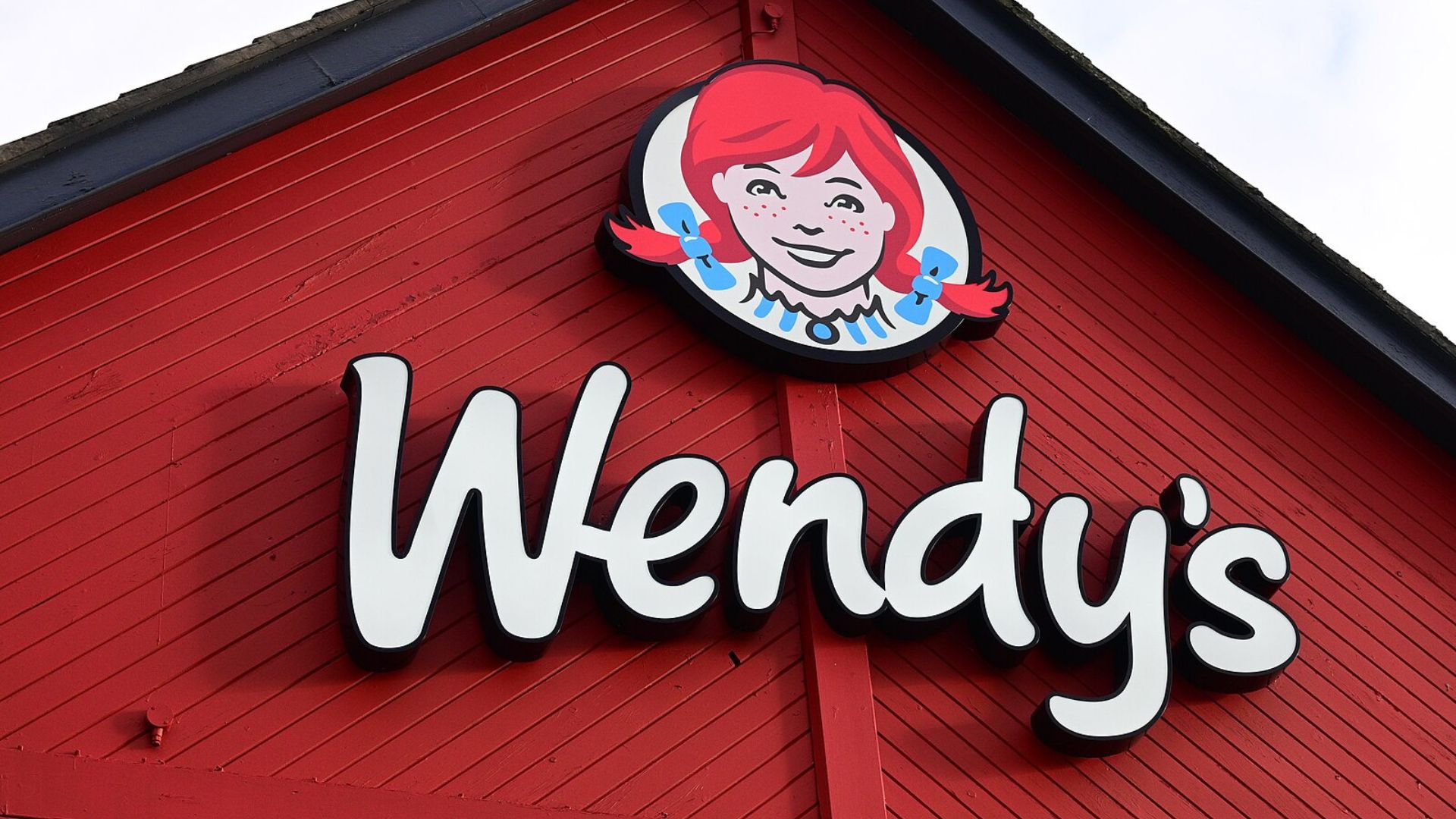
Following the wage increase effective April 1, fast-food prices have surged.
Wendy’s has increased its prices by 8%, Chipotle by 7.5%, and Starbucks by 7%. Even McDonald’s has signaled upcoming price hikes.
California’s Expensive Fast Food

With the new wage law, California now sports the highest fast-food prices in the nation. Scott Rodrick, a McDonald’s franchise owner, captured the dilemma perfectly, saying “I can’t charge $20 for Happy Meals.”
His comment highlights the tension between maintaining reasonable prices and absorbing increased operational costs.
Young Workers Hit Hard
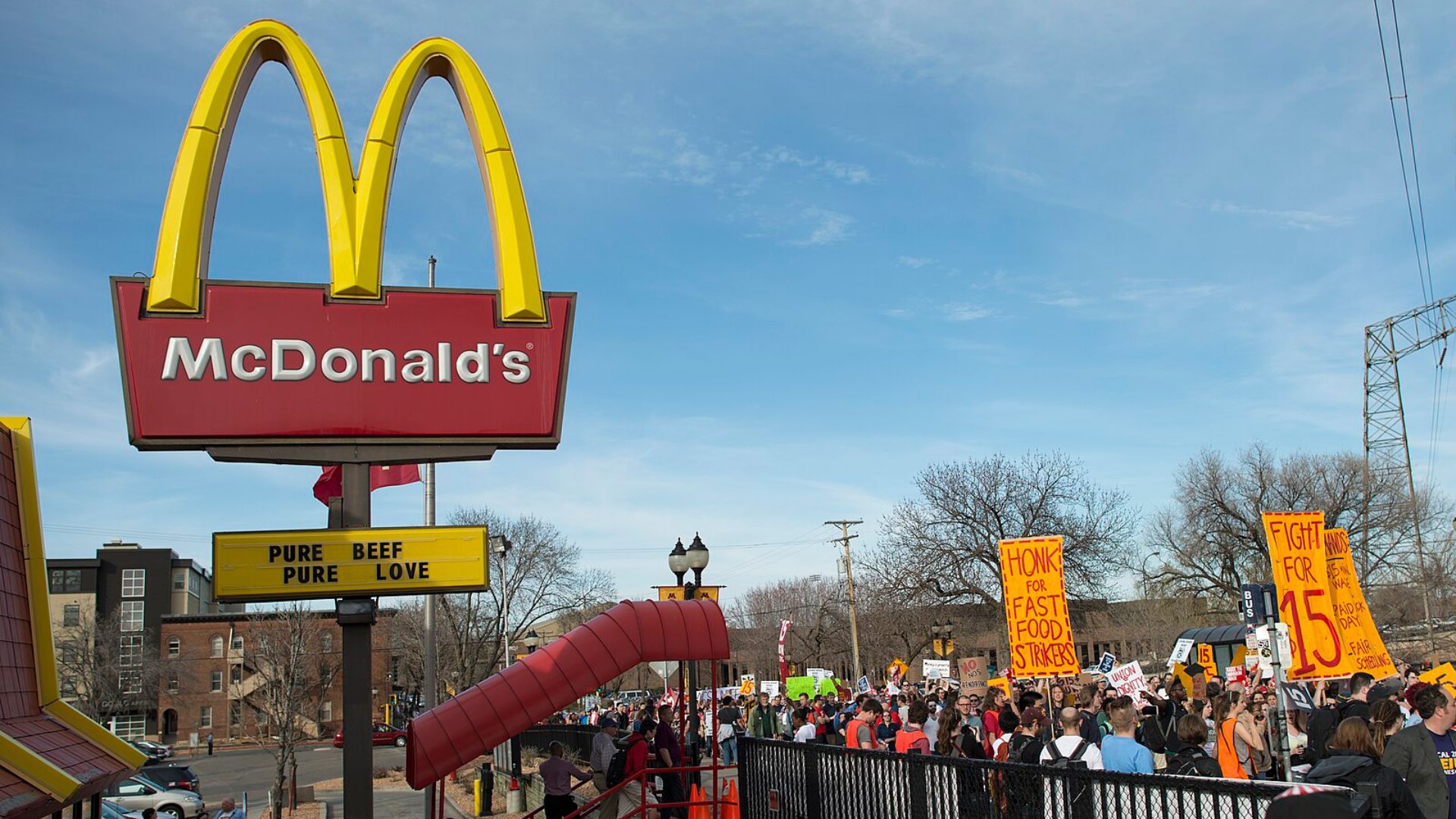
Fast food often serves as a career stepping stone for young people. With 60% of its workforce aged 24 or younger, these hikes hit hard.
High turnover and training costs are already challenges, and now, with higher wages, balancing the books just got trickier.
The Living Wage Paradox

While pushing for a living wage is noble, it’s not without consequences.
Over 9,500 workers have already felt the pinch, finding themselves jobless. For many part-time workers, a living wage has ironically translated to no wage at all.
Union Efforts and Wage Politics
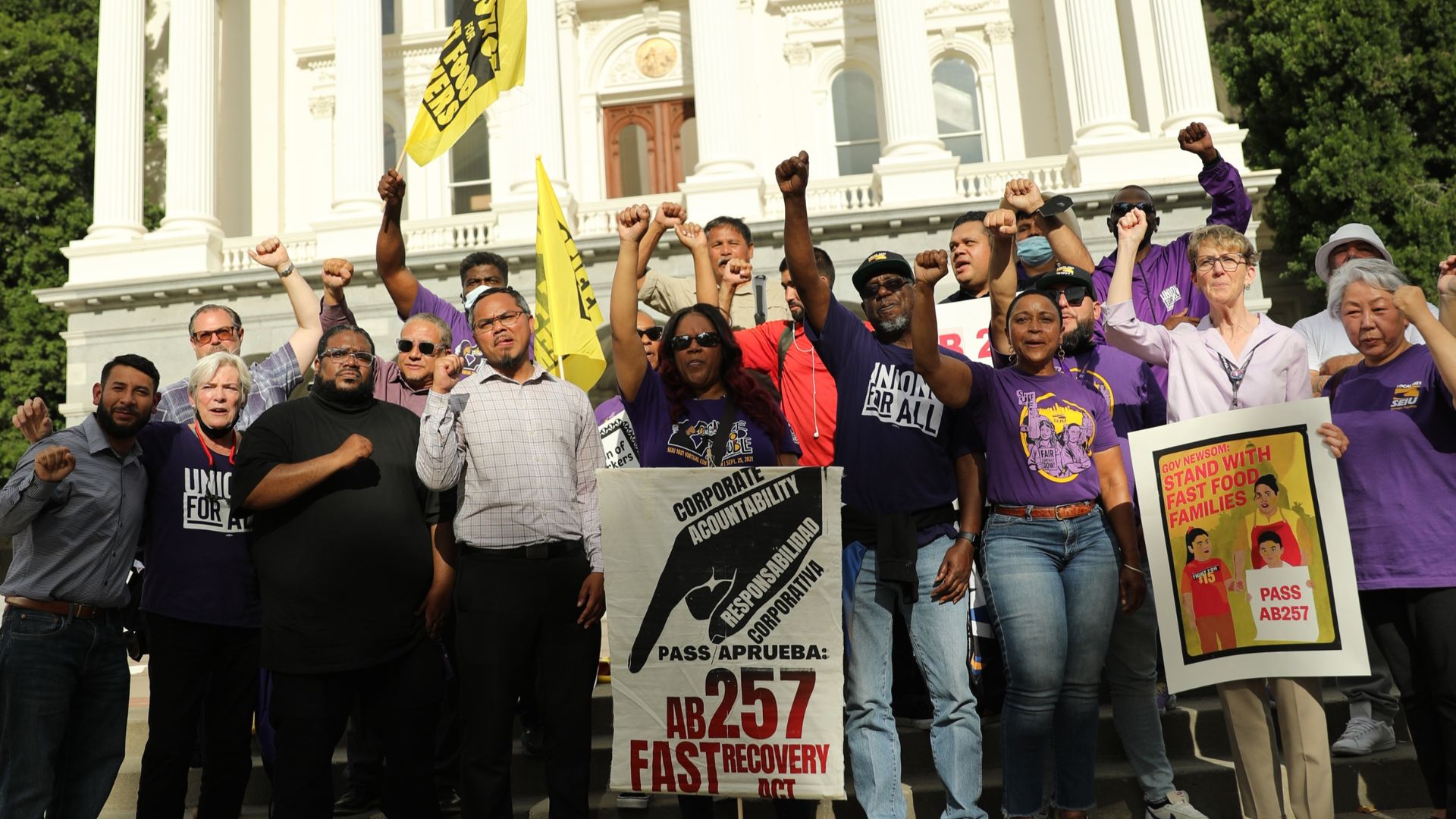
It’s no secret: unions have had their sights on the fast-food industry for years.
The SEIU spent $100 million trying to unionize workers. Failing that, they turned to lawmakers to craft a wage-regulating law.
Legislative Balancing Act
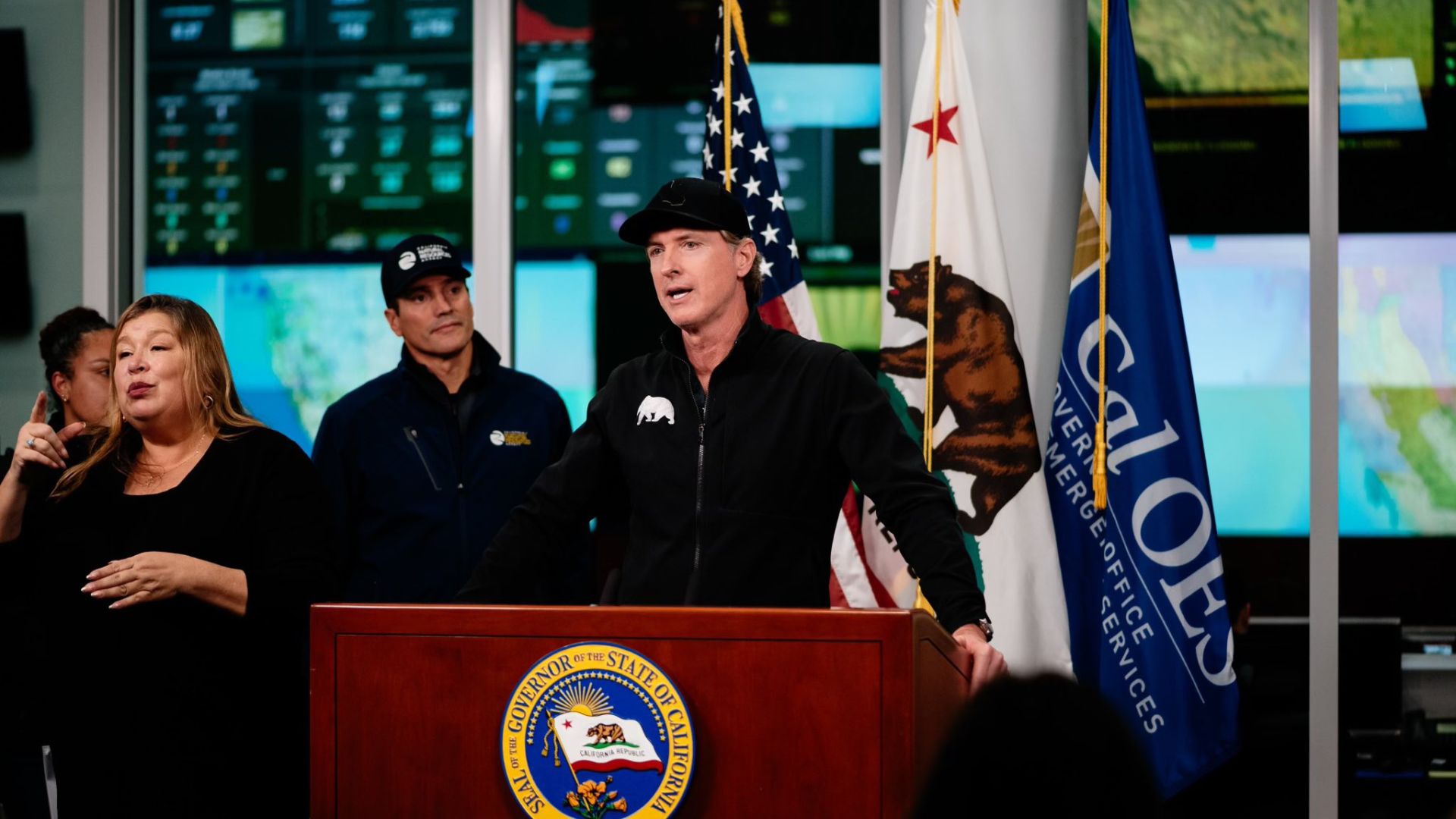
Assembly Bill 1287 emerged as a compromise after the original, more stringent proposal was threatened with voter rejection.
This revised law scaled back some regulatory powers but maintained notable wage increases, reflecting the complex negotiations and compromises necessary to navigate diverse stakeholder interests.
Exemptions to the Law
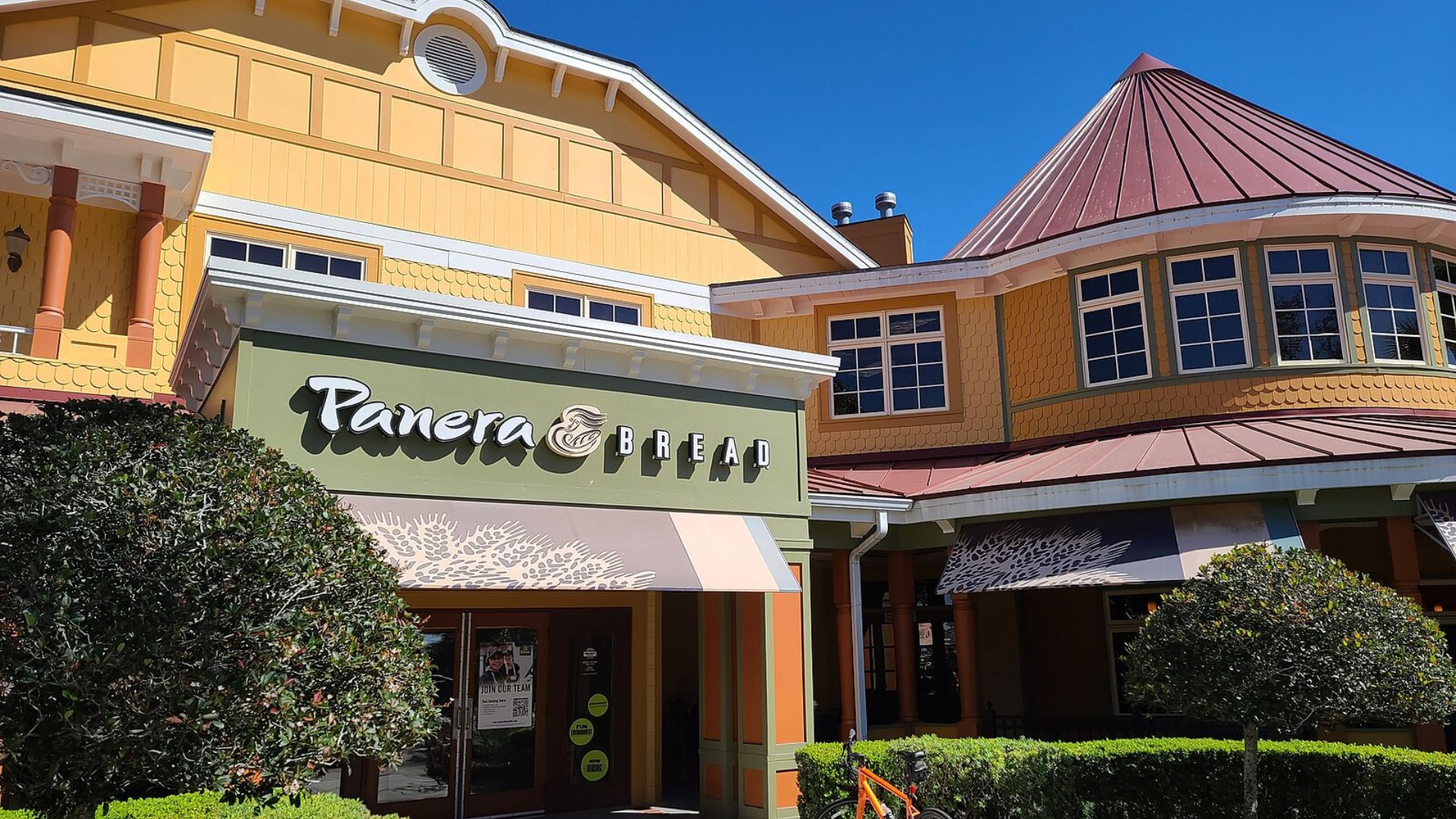
Interestingly, the law allows exemptions for fast-food establishments that bake and sell their own bread as a standalone item.
This specific exemption reportedly appeased certain political donors, showcasing how legislative outcomes can be shaped by targeted business interests.
Newsom’s Restaurant and Wage Discrepancies
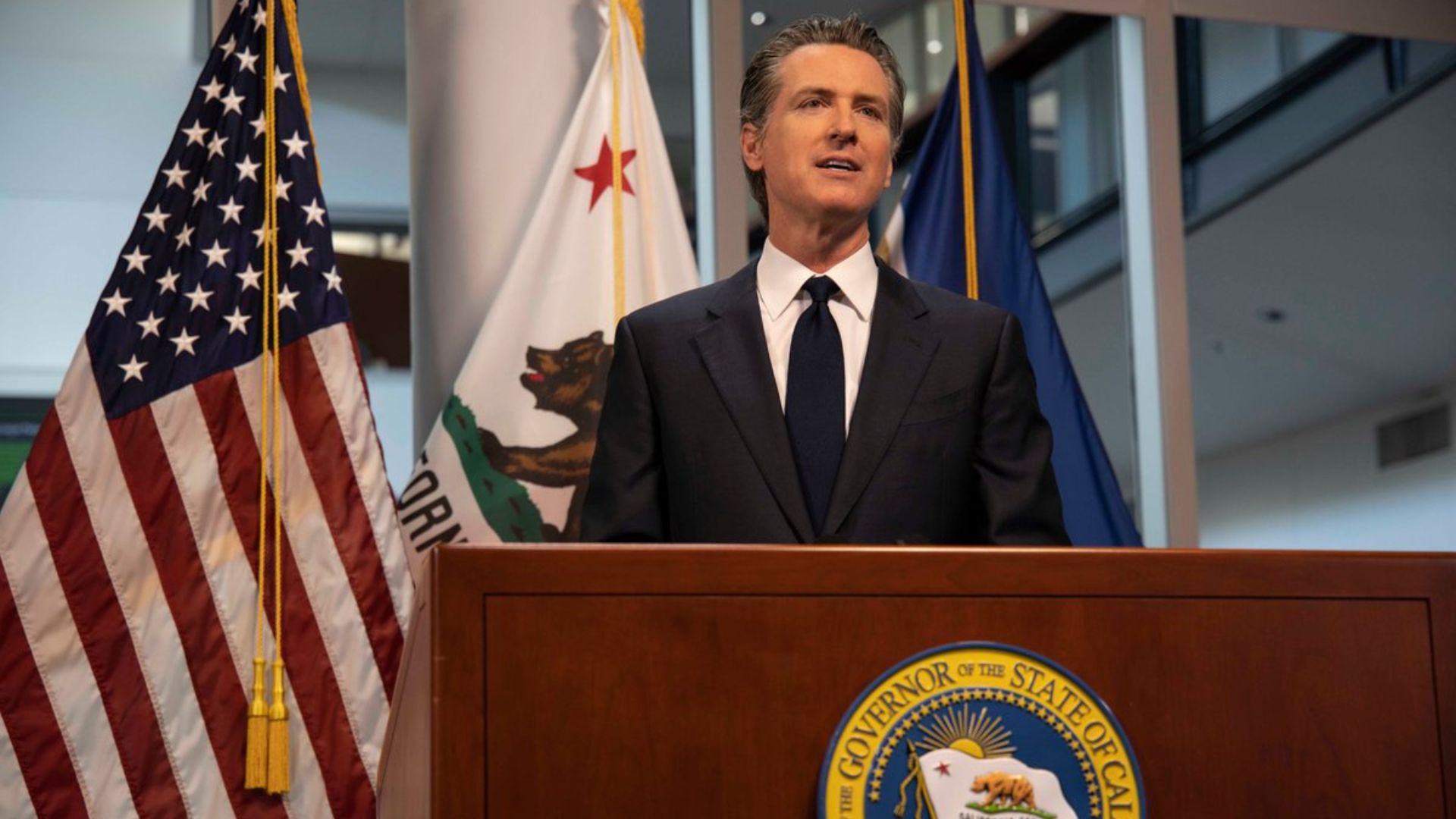
Governor Newsom, part-owner of an upscale restaurant near Lake Tahoe, recently advertised a busser position at $16 per hour, noticeably below the fast-food minimum.
This move has sparked debate over the fairness and consistency of wage standards across different restaurant types.
Reflecting on Job Losses

The move to a $20 minimum wage has resulted in the elimination of over 9,500 fast-food jobs across California.
This considerable job loss serves as a potent reminder of the challenging balance between enhancing worker pay and sustaining employment levels in sectors with tight profit margins.
